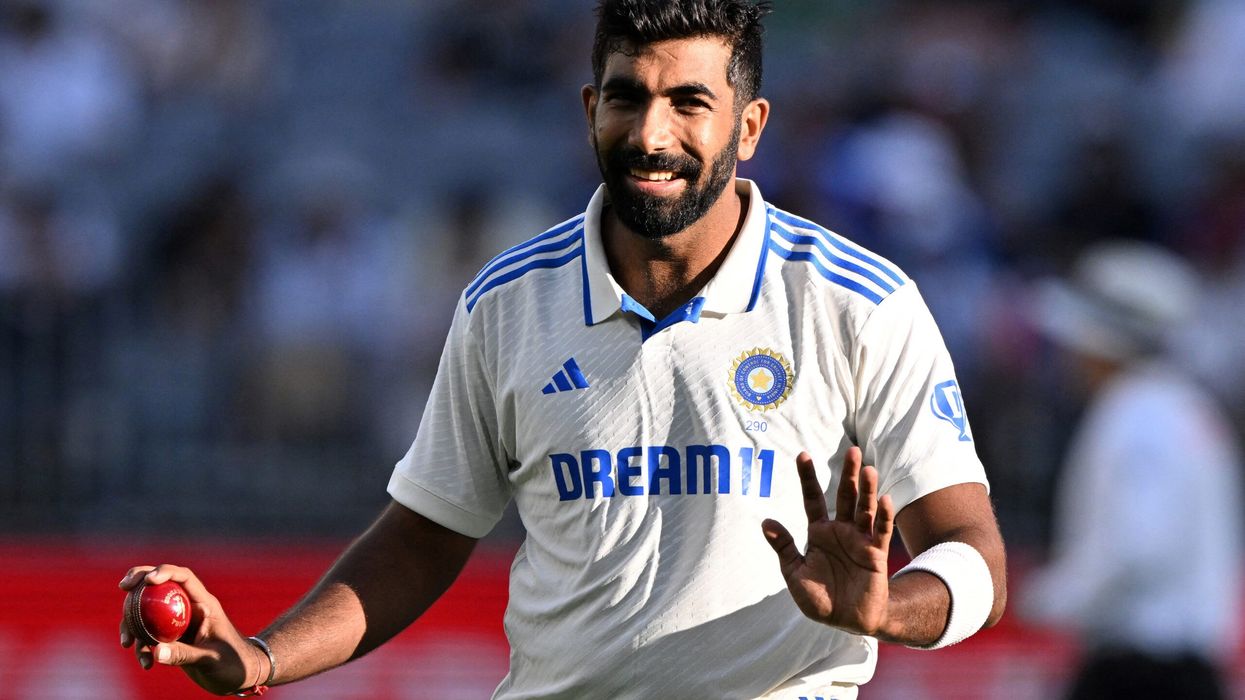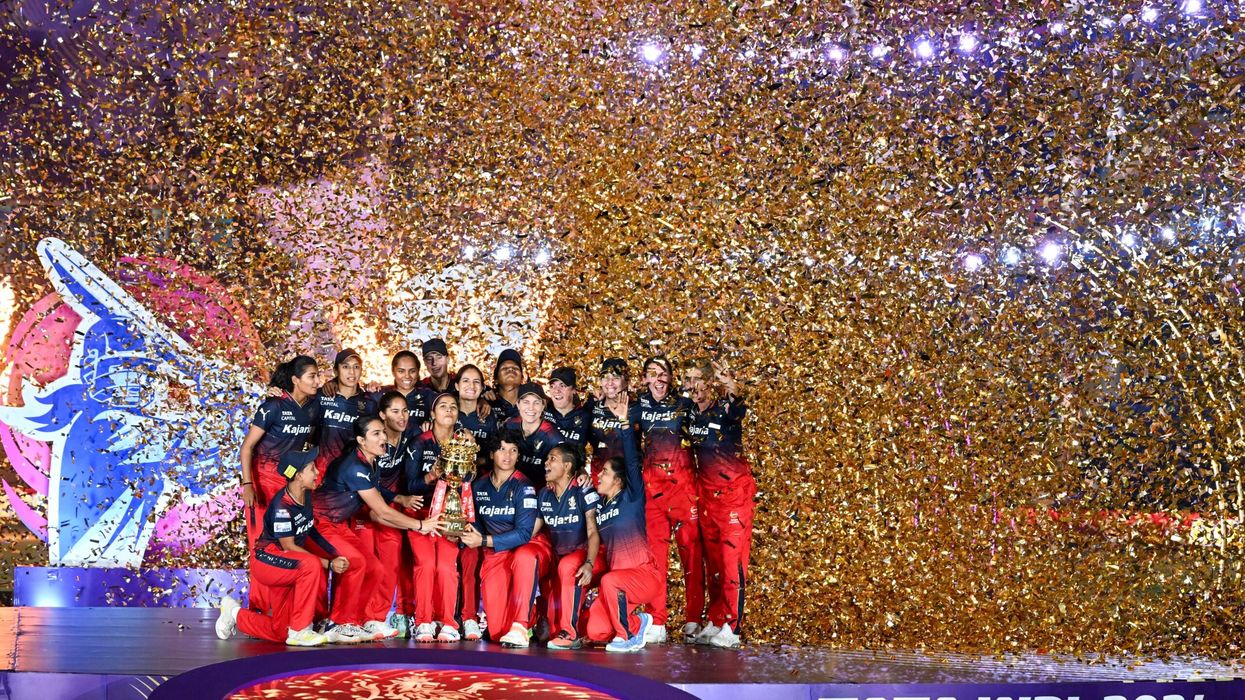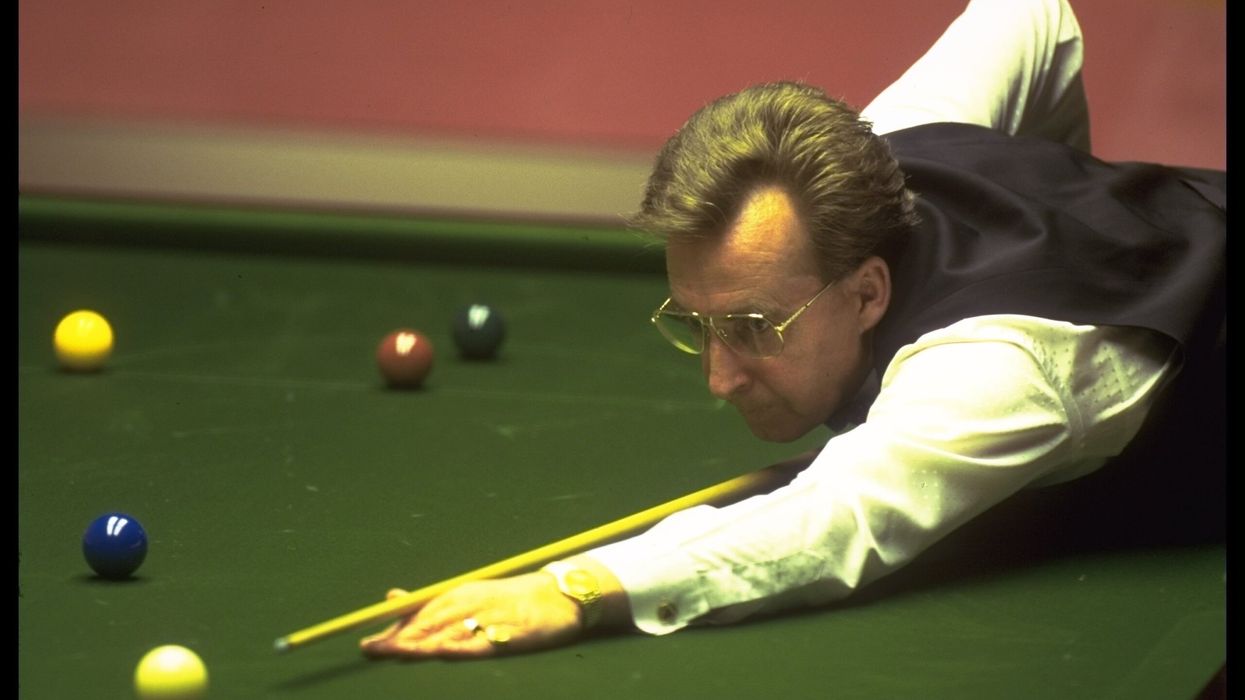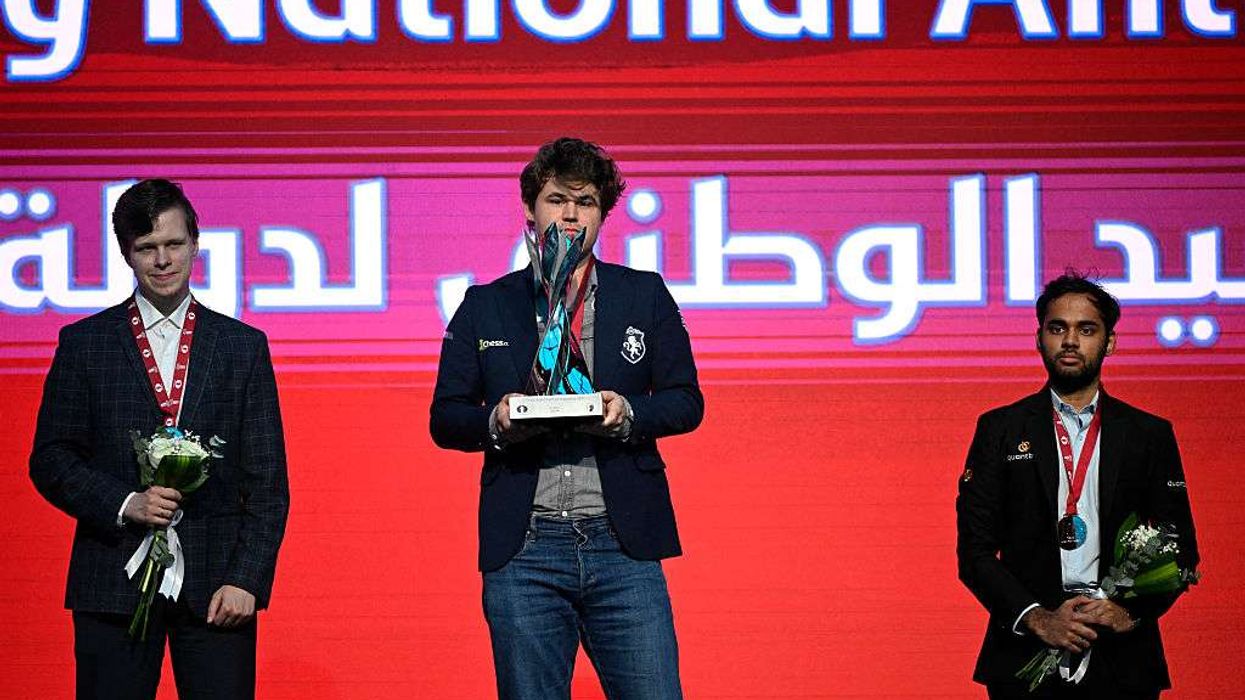Meet Saransh Jain. On the face of it, Saransh is just your everyday 18-year-old Indian boy. He hails from Pune, supports Manchester United, his dad is a businessman and his mother is a housewife. Saransh has just finished high school and has his eyes set on studying an economics/finance degree at university, however, university is not Saransh’s only path to success.
Despite only being 18 years of age, Saransh is a four-time National Champion in his home country of India, having won his first National Championship at just 16 years old. In case you are wondering, Saransh is a professional FIFA player and esports athlete.
“I was 16 years old when I became the National Champion of India in FIFA esports and the feeling was absolutely amazing. I was lost for words really and I took every step one-by-one,” states Saransh.
Esports is a worldwide phenomenon that has been growing at a breath-taking rate for several years now. Competitive video gaming has become as popular and as globalised as pretty much any mainstream sport. Stadiums holding major esports events are sold out within hours, prize pools of major tournaments often venture into the millions if not tens of millions of dollars and almost all esports events are broadcast live to the tens of thousands of fans watching online. Esports has a worldwide following, although it is currently most popular in Europe and East Asia especially – the esports following in China and South Korea is unprecedented. The massive popularity of esports which you can see in China and South Korea has not reached India just yet, chances are that it will soon.
Saransh won the National FIFA Esports Championship for the first time in November 2017 after beating thousands of other players in order to win the crown. However, Saransh’s success in esports sprung from a tournament in his home town of Pune in which he never anticipated that he would win.
“I competed in the GamingMonk Championship Series in Pune, my hometown,” states Saransh.
“I heard about it from a few friends, but I never thought I’d end up doing well in the tournament. Hundreds played and I went with my brother and a few friends. I ended up winning the tournament and that’s when I realised that I might do well as a FIFA esports player.”
From there, Saransh went on to compete in and win the National Championship. Since then he has gone on to win multiple tournaments in his native country and abroad.
“When I won the National Championship for the first time there were qualifiers that we had to get through, these were both online and offline, but I qualified via both,” says Saransh.
“Two people from every city qualified and it was held all over India. In the finals I think a total of 24 other players competed.
“The popularity of esports in India grows day-by-day. It’s still not as big in India as it is in a lot of European countries, but we saw Dreamhack, (a large esports event) happen for the first time in Asia, and it took place in India. We have other regular gaming festivals and lot of tournaments happen here too. Esports is certainly growing.”
Esports is the broad term for competitive video gaming. Esports consists of a variety of different video games that are competed in professionally. Some have a greater number of followers than others and some have larger prize pools. The video game FIFA, although played by hundreds of thousands, if not millions of people across the globe, has only recently come onto the esports scene. Currently, it does not have the popularity of the more experienced esports, the likes of League of Legends, Dota 2 and Counter Strike – these are all immensely popular and have large prize pools. Dota 2s annual standout tournament, The International, its prizepool grew from $2.8 million in 2013 to over $20 million in 2016. FIFA as an esport has some catching up to do but it is growing in India and all over the world.
“I personally feel that FIFA might not be as popular as other esports because FIFA is primarily played on consoles,” says Saransh.
“Whereas in India, PC gaming is dominant over console gaming. But there are still thousands of people playing FIFA on all three platforms (PS4, Xbox One and PC). The dedication and the passion that the community has for FIFA is insane.”
PC gaming is extremely popular in India, the country has been quoted by numerous trustworthy gaming publications as ‘gaming’s next boomtown.’ “India poses great potential for the gaming industry, due to the fact that 60% of its enormous population is under 35 years of age and thereby meets the demographic for online gamers,” states Laura Clarke, market projection analyst and researcher for the UK online casino, PlayFrank.
“Recent analyses suggests that India’s mobile gaming market alone will be worth more than $1 billion by 2020.”As for football in India, the popularity for it is rising, but it still has a long way to go before it reaches the sometimes-crazed level of popularity that cricket receives.“
“We've already had a few big tournaments played in India,” says Saransh.
“Both esports and football are becoming more and more liked, so the growth is there. “We’ve had the Virtual Bundesliga International Series and the Indian LAN Gaming cup, these are only some, but I can see more of the same happening soon.”
The growth of esports - not only in India but also throughout the world - could not have happened if it was not for private and public companies. Globally known companies such as Sony, Mercedes and Coca Cola have contributed to the esports bubble through sponsorship money. “A lot of private and public companies are looking for constant growth in esports,” states Saransh.
“Unfortunately, the government is currently not involved in any development for esports directly.”
Governments in other countries, however, are offering esports some support. The Chinese government has identified esports as a profession which has gone a long way to legitimising esports as both a sport and a career choice.
For the moment, Saransh is mixing his job as an esports athlete with his studies. Having just finished high school, Saransh has his eyes set on studying a finance/economics degree. He is also lucky to have extremely supportive parents who have no issues with his video gaming.
“My parents have been very supportive right from the start, ever since day one. They've been very helpful about everything; they were very surprised to see something like this happen but now they're very happy for me.”
For the moment, however, Saransh believes that he can focus on his esports career as well as his academic learning. To date, Saransh has won over 600,000 Indian Rupees in tournaments, the equivalent to $8500 and maintains that he wants to advance his esports career, he says:
“For the future I'll be continuing in esports as a player so I hope I can consistently do well over a long period of time.”











